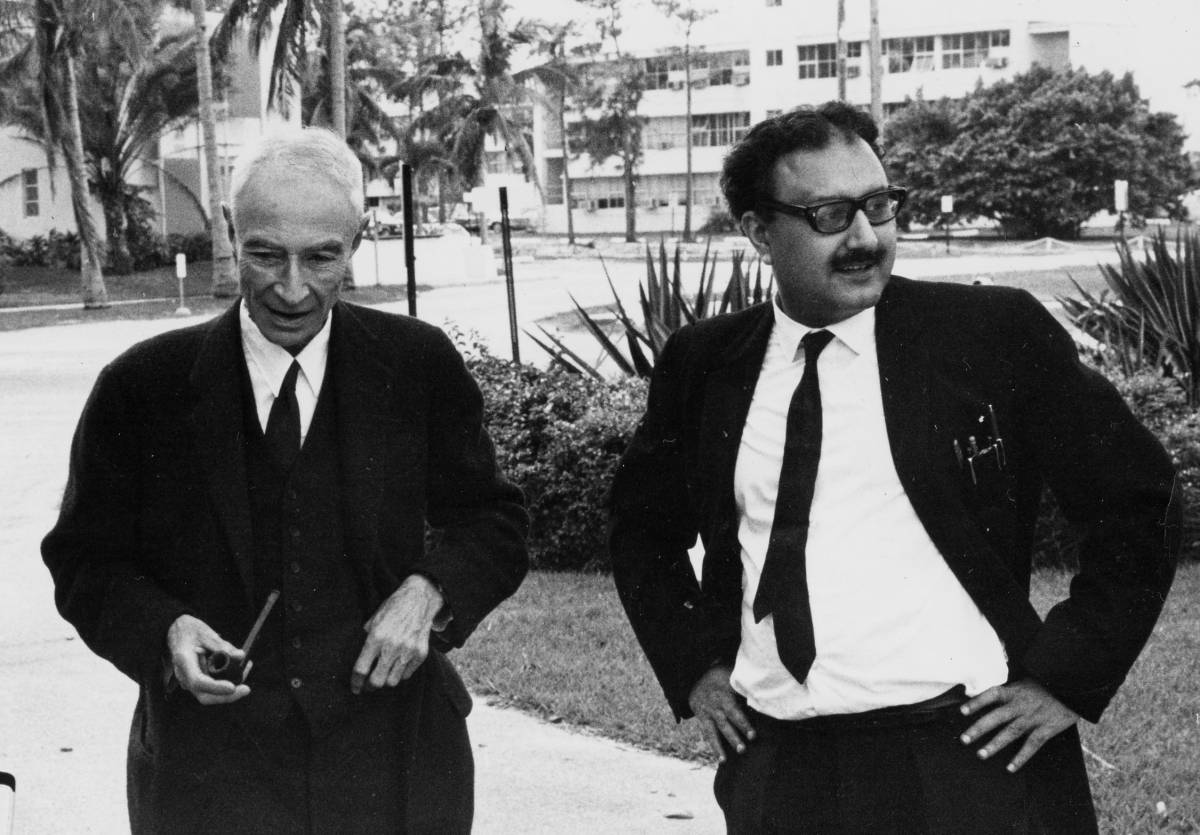Iran has made a groundbreaking discovery of unconventional oil reserves estimated to hold up to 5 billion barrels. This discovery, announced by the head of the exploration department of the National Iranian Oil Company (NIOC) on March 11, 2025, marks a notable moment in the country’s oil and gas industry. The estimated value of these reserves, based on the current price of Brent crude at $69 per barrel, is projected to be around $346 billion on the international market.
A Game-Changer for Iran’s Oil Production
This discovery is expected to have a major impact on Iran’s oil output for decades to come. Despite the immense potential, Iran faces significant challenges in accessing international markets due to US sanctions on its oil and gas exports. The sanctions have hindered the country’s ability to collaborate with international partners for the extraction and distribution of these valuable resources. Nonetheless, local experts suggest that this discovery could be a game-changer for Iran, boosting the country’s production capacity and providing economic benefits, if the geopolitical hurdles are overcome.
The Significance of “Unconventional Oil”
The newly discovered oil reserves are categorized as “unconventional,” which likely refers to shale oil. Shale oil is a form of crude oil found in shale rock formations, which requires advanced extraction technologies. While Jafari, the NIOC official, did not elaborate on specific locations of the reserves, his remarks indicated that they are in previously undiscovered areas of Iran. This is not the first time Iran has made significant oil discoveries; in early 2017, the country identified shale oil reserves near Ghali Kooh Mountain in the western Lorestan province, which were estimated to contain up to 2 billion barrels of light crude oil.
Iran’s Innovative Approach to Shale Oil Extraction
Iran has made strides in making shale oil extraction more economically viable. Last year, the NIOC’s exploration department reported identifying ten shale oil fields across the country. In addition, they developed a “homegrown method” to extract crude from these unconventional reservoirs. This technique has already been successfully tested in Lorestan, where shale oil with an API gravity of 40 degrees was extracted.
API gravity is a measure of crude oil’s density, and oil with a higher API gravity is lighter and less dense, making it more desirable. An API gravity of 40 degrees indicates high-quality, lighter crude oil, a characteristic that makes Iran’s shale oil valuable on the global market.
A Growing Mineral and Hydrocarbon Resource Base
This oil discovery is part of Iran’s broader strategy to tap into its vast natural resource wealth. Beyond oil, Iran has also revealed that it possesses some of the largest lithium deposits in the world. Lithium is a crucial element in the production of batteries for electric vehicles, and Iran is positioning itself to take advantage of the growing demand for these batteries, particularly in markets such as China and the United States.
The Road Ahead: Sanctions and Geopolitical Challenges
Despite the promising potential of these new oil reserves, Iran’s ability to fully capitalize on them is complicated by ongoing US sanctions. These sanctions target Iran’s oil and gas drilling, making it extremely difficult for the country to forge partnerships with international companies for both extraction and export. As geopolitical tensions remain high, Iran will likely have to rely on domestic capabilities and alternative methods to tap into its newfound oil wealth.
Nevertheless, the discovery of these oil reserves underscores Iran’s continuing role in global energy markets and highlights the country’s untapped potential in the hydrocarbon sector. If sanctions were lifted or circumvented, Iran could experience a substantial economic boost and increase its influence within the global oil and gas industry.
Iran’s discovery of up to 5 billion barrels of unconventional oil could reshape the country’s energy landscape. While political and economic challenges remain due to sanctions, the potential value of these reserves is undeniable. As Iran continues to innovate in its extraction technologies and explore additional mineral resources, it could play a more significant role in global energy markets in the years to come.
















